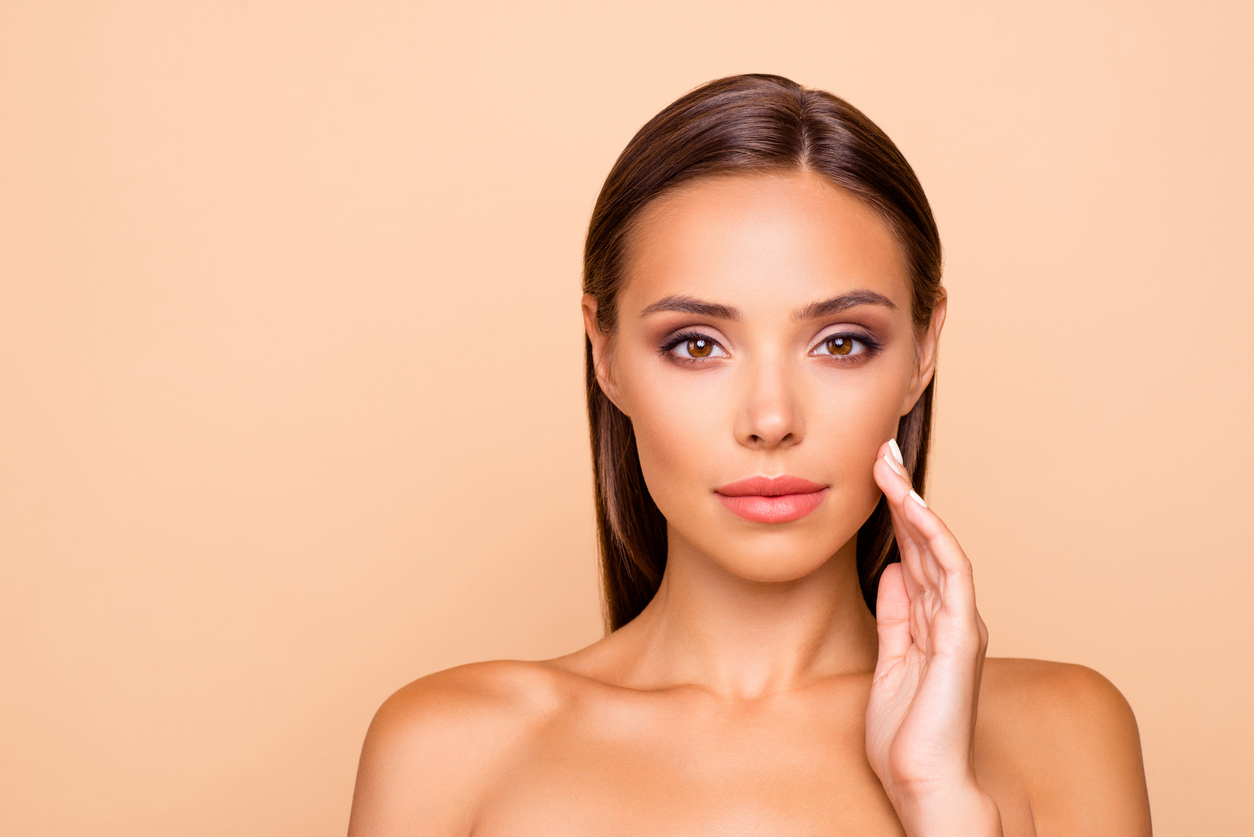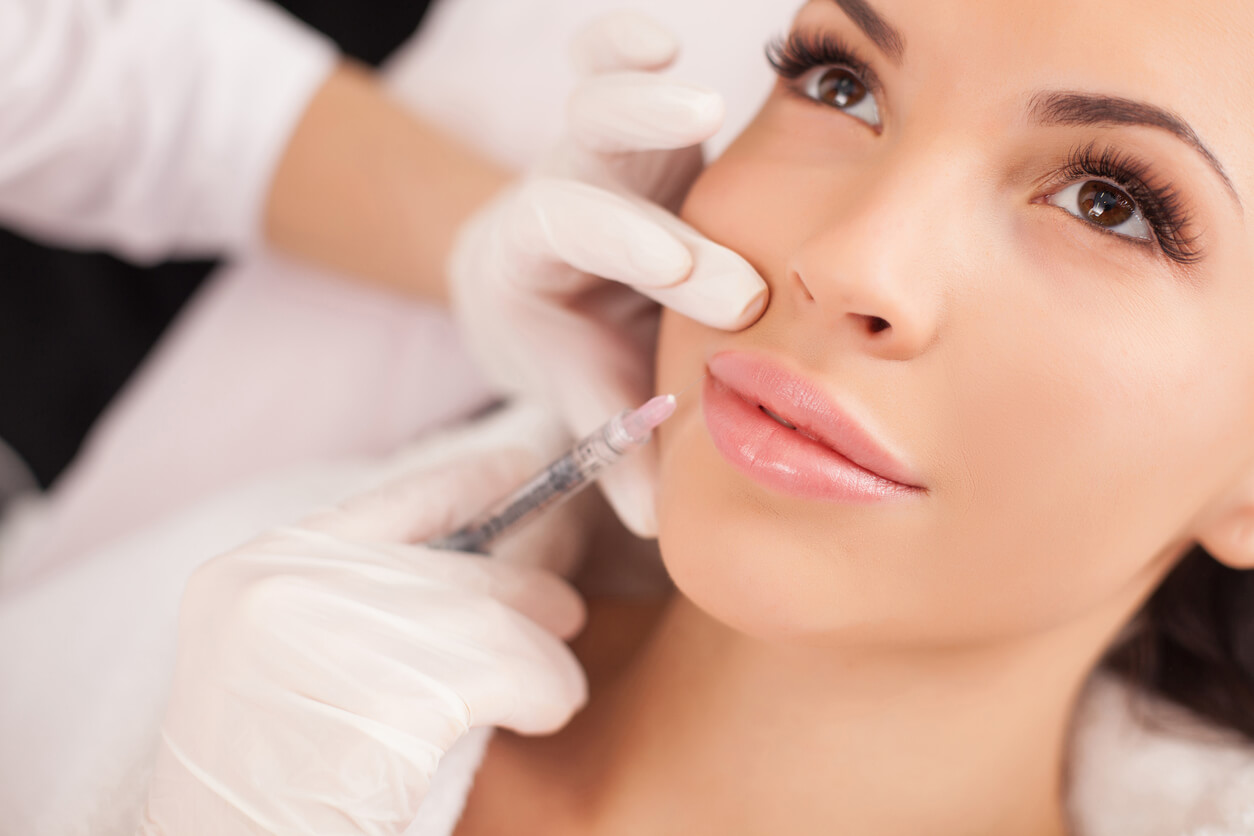Types of Botox
There are different kinds of botulinum toxin (toxin A and B) and they are used for various purposes (problems with eyes, muscle spasms and stiffness, migraines, or simply aesthetic changes). Our experts will make precise estimates and consult you to choose the type of botox you need.
One botox injection procedure lasts for about 15 minutes, and uses microneedles. The effects become visible in three to seven days. Botox is not permanent and we recommend regular visits every four months, depending on the type of intervention.
Botox can also be used to prevent excessive sweating. By injecting botox into regions such as armpits, palms, and soles of the feet, the sweating decreases or stops completely. In this case, the effects last for six to eight months, and just like any other botox treatment, it can be repeated.
If botox is repeated on a regular schedule, muscle activity decreases more and more, making the effects last longer.
Facial treatments like Botox and dermal fillers like Juvederm and Restylane are a lot less expensive than surgical ones, but they do come with a price tag that insurance generally won’t pay. So, it’s logical to ask questions like “which filler lasts the longest?” or “can you recommend how to make Botox last longer?”
Think of botox as a prevention, and not a treatment.
It may sound a little odd that regular injection of Botulinum toxin is the best method for prolonging the effects of botox. But remember that early and regular interventions help keep facial muscles relaxed. This doesn’t just prevent the deepening of existing lines and wrinkles: it smoothes them out as they return to their normal, pre-aged positions.
Which Dermal Filler Lasts the Longest?
Dermal fillers are used to fill areas of fat atrophy and volume loss to eliminate wrinkles and lines. Many patients combine Botox, which relaxes muscles to help smooth out wrinkles, with a dermal filler to treat deeper recesses.
Both Restylane and Juvederm contain hyaluronic acid, a natural skin hydrator that works with collagen to keep skin supple and fresh-looking. They seem to stimulate collagen production as well. The question of which one lasts the longest is tricky to answer because they work best in different areas.
- Restylane to plump up areas that have literally sunk, like the cheeks and under the eyes. Restylane tends to draw in less water, which makes it a better choice around the eyes, particularly for patients who have developed puffy eyes.
- Juvederm is excellent for filling in folds, especially nasolabial folds on either side of the nose that create shadows. It’s also useful to define lips.
Both work well to give definition to the chin and jawline.

How to Make Juvederm Last Longer: 10 Ways!
Because Juvederm and Restylane are so similar, the same tips will extend their effectiveness.
- Don’t stay in the sun for long periods.
Strong UV light dries out and can burn the skin. Facial skin, which is thinner and more delicate in certain places, burns more easily even with sunblock. If possible, limit your time in the sun, especially during peak hours. If you will be outdoors for an extended period of time, a wide-brimmed hat does a great job shading and protecting the face. - Eat healthy foods.
Eat whole, unprocessed foods. Sugar binds to collagen and elastin and interferes with their ability to keep skin clear and hydrated. Snack on foods with antioxidants like berries. Limit caffeine which can dehydrate, and watch your dairy intake, which can cause inflammation. Cut down on salty snacks and consider salt-free spices to flavor your food. - Don’t use cheap OTC skin products.
Many of the inexpensive skin products have a lot of strange ingredients, some of which can actually be harmful to skin and even overall health. These common ingredients are known to irritate skin or cause allergic reactions:
- Fragrances
- Sodium lauryl sulfate (SLS) and sodium laureth sulfate (SLES), added to make it easier to spread the product
- Formaldehyde added as an antibacterial
- Propylene glycol, intended to condition the skin
Tammy, Dr. Rochlin’s aesthetician can recommend medical-grade skincare products that safely work with Botox and dermal fillers.
- Stop smoking.
You don’t need us to tell you about how smoking anything affects your lungs and brain, but did you know it affects your skin, too? Nicotine, in particular, narrows blood vessels, which means less moisture gets to the skin. And smoke makes you squint your eyes, which leads to wrinkles over time. - Drink lots of water.
You can extend the benefits of Botox and dermal fillers by making sure you are properly hydrated all the time. Hydration necessary for overall health: it helps maintain steady body temperature, keeps joints lubricated (something we’ll notice with age), and helps eliminate waste more easily. - Ask about Retinol gel.
Retinol boosts collagen and can be great to help keep skin supple. Tammy, Dr. Rochlins aesthetician (add) can recommend medical-grade skincare products that safely work with Botox and dermal fillers.

A couple of additional lifestyle changes you might want to consider:
- Stop making faces.
Seriously. Each time you smile broadly or cry, you’re stretching your facial muscles and creating new opportunities for wrinkles and lines to develop. Tone it down a little; this can be challenging, especially for new grandparents. At the very least, avoid wrinkling your nose or furrowing your brow. - Try to reduce stress.
Actually, if you cry a lot, you’re under too much stress! Get help to manage it, whether it’s therapy, a new exercise regimen, or a pet. (I know, it’s easy to say but hard to start.) Volunteering can provide a strong sense of purpose. Libraries always seem to need help (and they’re out of the sun, too), as well as hospitals, pet shelters, and sports leagues. - Reduce alcohol use.
Like caffeine, alcohol is dehydrating, only more so. It also thins the blood and can contribute to bruising or even bleeding after treatments. Finally, it ultimately adds to stress. - 10. Follow post-treatment instructions
Be sure to follow any post-treatment instructions, including when to get checked for follow-up treatment. The more you adhere to your provider’s recommendations, the more likely the procedure will be successful.
Read more about nonsurgical treatments like Botox and injectable facial fillers that lessen facial lines and wrinkles. Then contact one of our three offices for a consultation about which one is right for you.






